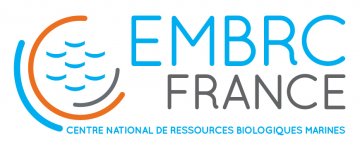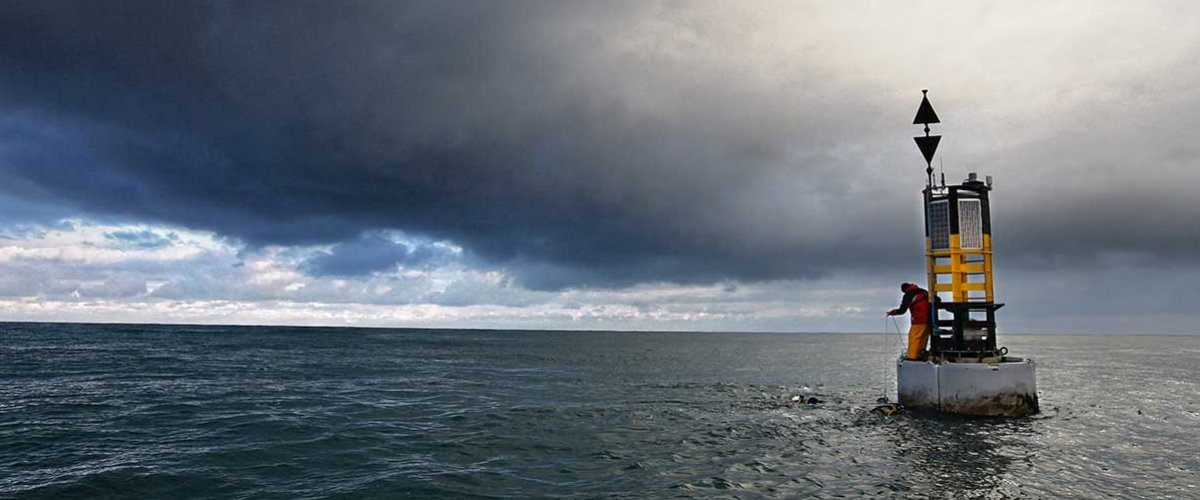AO-EMBRC
L'observation à long terme des environnements marins et de leur biodiversité est essentielle pour comprendre le fonctionnement des écosystèmes marins et évaluer leurs réponses aux pressions naturelles et anthropiques, ainsi que pour mesurer les rétroactions du fonctionnement des écosystèmes sur les cycles biogéochimiques mondiaux et donc sur le climat. Les observations de la biodiversité contribuent également à évaluer la durabilité des services fournis par les écosystèmes marins, ainsi que la pertinence des politiques environnementales et de conservation.
Long-term observation of marine environments and their biodiversity is critical for understanding the functioning of marine ecosystems and evaluating their responses to natural and anthropogenic pressures, as well as for measuring feedbacks of ecosystem functioning on global biogeochemical cycles and thus climate. Biodiversity observations also contribute to assessing the sustainability of services provided by marine ecosystems, as well as the relevance of environmental and conservation policies. Recent pilot studies have shown that the scope and scale of marine environmental monitoring can be significantly broadened via the integration of 3 novel high-throughput approaches: (1) environmental genomics; (2) automated imaging technologies; (3) automated physico-chemical and biogeochemical sensors. The resultant ‘next generation observation’ offers the prospect of developing a holistic view of marine ecosystems, which is fundamental in light of increasing awareness of the complex inter-dependency of biotic components of these ecosystems and the fragility of the equilibriums underpinning them. Building upon previous initiatives, notably the Tara-Oceans expeditions that pioneered the deployment of next generation observation over an extremely large spatial scale, the integration of these approaches into existing traditional time-series monitoring programs at fixed study locations will lead to the creation of Augmented Observatories (AOs). In the AO-EMBRC project we propose to develop state-of-the-art marine Augmented Observatories at three strategic locations along the French coastline, at the marine stations of Villefranche-sur-Mer (IMEV) and Banyuls-sur-Mer (OOB) on the Mediterranean coast and Roscoff (SBR) on the English Channel coast, as well as continuing to promote development of the concept during world-wide expeditions such as the Tara-Oceans campaigns. This pioneering facility, integrated into the National Marine Biological Resource Centre (EMBRC-France) research infrastructure (RI), will build on and complement existing traditional observation programs (such as National Observation Services) and represent the first and most advanced fully functional network of marine AOs in Europe.
The AO-EMBRC work programme consists of joint development activities structured in 6 work packages: 1) In situ samplers and sensors; 2) Archiving of biological samples; 3) Instrumentation and methods in environmental genomics; 4) Instrumentation and methods in environmental bioimaging; 5) Data storage and primary analysis; 6) Data integration and dissemination. AO-EMBRC will be implemented over a 5-year period, after which services will be fully open to user communities. The objective is to work towards enabling integration of physical, chemical, biodiversity, and genomic data to improve our understanding of marine systems in their entirety. The AO-EMBRC consortium comprises 5 partners, namely the 3 national RIs EMBRC-France, Institut Français de Bioinformatique and France Génomique, as well as 2 federative research structures, the Sorbonne University Marine Stations OSU and the Go-See Research Federation. The consortium thus consists of a highly complementary set of RIs and research teams in the fields of marine biodiversity, marine ecology, marine genomics and bioinformatics, all with national and European dimensions. This mutualized equipment project will be administrated by the three partner national biological and health sciences infrastructures and is therefore targeted to fall within the “Life and Health Sciences” category of this Equipex+ call, but it clearly stands at the interface of biological, environmental and computing sciences. The project is fully integrated into the long-term infrastructure strategies of the 3 main operators of these partners, i.e. Sorbonne University, the CNRS and the CEA, who have committed to contributing human and structural resources for the sustainable operation of AO- EMBRC facilities and services.
AO-EMBRC will enhance both science and higher education in the fields of marine ecology and biological oceanography, particularly in the context of key environmental issues such as climate change, biodiversity loss, and the introduction of non-indigenous species. The research enabled by AO-EMBRC will be relevant across the life and earth sciences domains of environmental sciences, representing a community of several hundred researchers in France and several thousand around Europe. The project is intended to irrigate the wider national and European communities involved in marine observation and is part of a strategy to engage with other national RIs such as ILICO and Data-Terra and their European dimensions, JERICO and EMOD-Net, respectively. Other stakeholders in AO-EMBRC include: i) public policy makers in governmental or European agencies such as the French Biodiversity Office and national agencies for Marine Protected Areas in Europe; ii) environmental consultancies involved in monitoring marine ecosystems; iii) private sector companies or foundations with sustainable development agendas, and iv) biotechnology companies interested in gene mining of coastal and pelagic waters.








